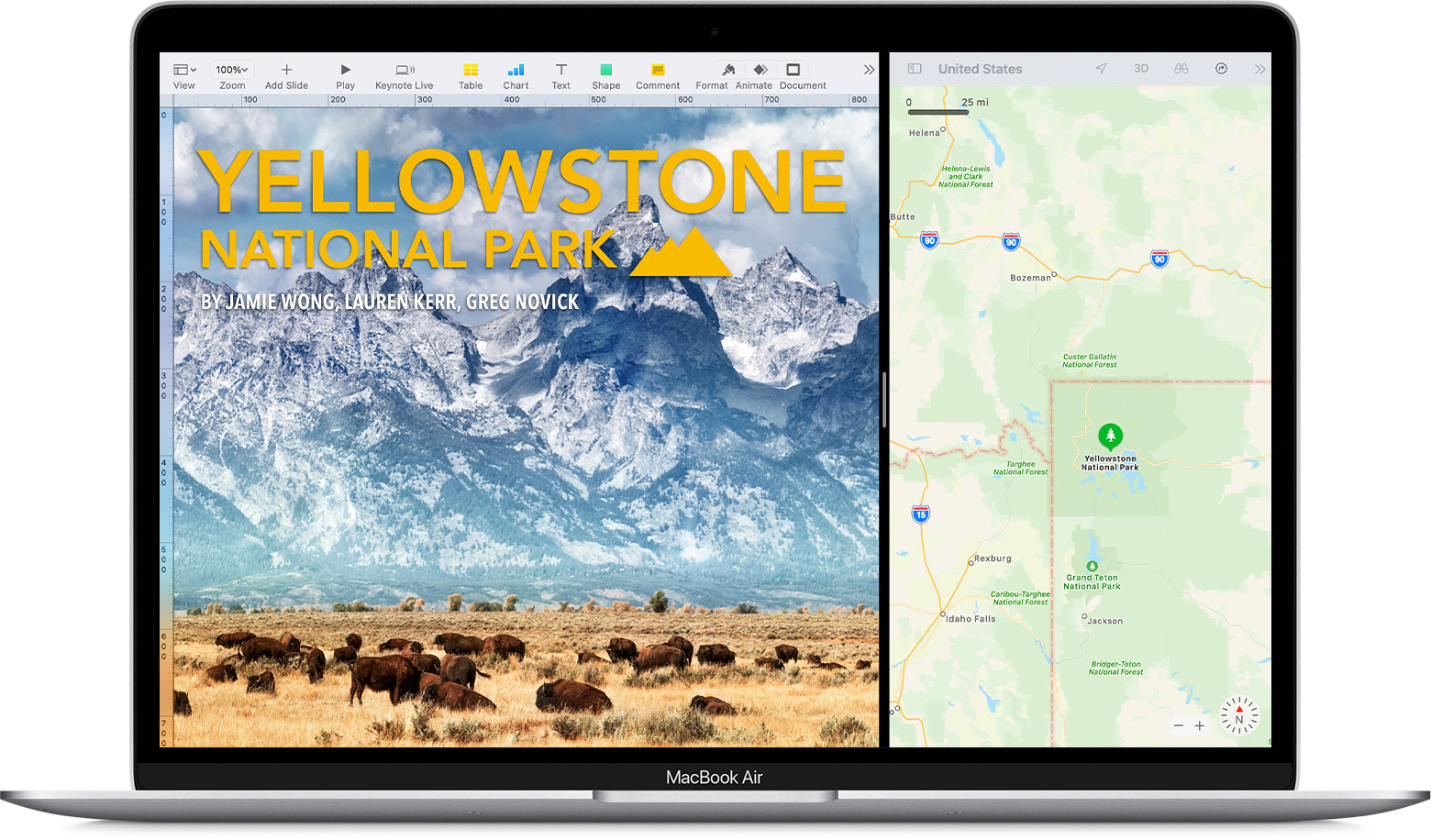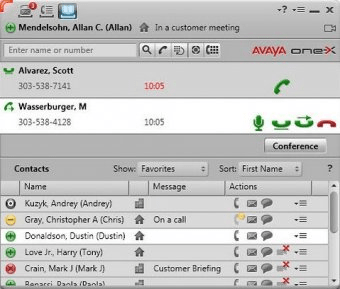Silt 2 Mac OS
Contents
- 1 Dual-Booting Mac OS X and Windows Vista/7/8
The latest version is 2.31.0, which was released about 1 month ago, on 2021-03-16. Building from Source. If you prefer to build from source, you can find tarballs on kernel.org. The latest version is 2. The Macintosh Plus computer is the third model in the Macintosh line, introduced on January 16, 1986, two years after the original Macintosh and a little more than a year after the Macintosh 512K, with a price tag of US$2599. As an evolutionary improvement over the 512K, it shipped with 1 MB of RAM standard, expandable to 4 MB, and an external SCSI peripheral bus, among smaller improvements. Mac OS X Jaguar (version 10.2) is the third major release of macOS, Apple's desktop and server operating system.It superseded Mac OS X 10.1 and preceded Mac OS X Panther.The operating system was released on August 23, 2002 either for single-computer installations, and in a 'family pack,' which allowed five installations on separate computers in one household. This document is a Mac OS X manual page. Manual pages are a command-line technology for providing documentation. You can view these manual pages locally using the man(1) command. These manual pages come from many different sources, and thus, have a variety of writing styles. The 'classic' Mac OS is the original Macintosh operating system that was introduced in 1984 alongside the first Macintosh and remained in primary use on Macs until the introduction of Mac OS X in 2001. Apple released the original Macintosh on January 24, 1984; its early system software was partially based on the Lisa OS and the Xerox PARC Alto computer, which former Apple CEO Steve Jobs.
Dual-Booting Mac OS X and Windows Vista/7/8

Adding a pre-existing OS X installation to the Windows Vista+ bootloader is a very easy and straightforward process with EasyBCD. There are two ways to get OS X and Windows Vista, Windows 7, or Windows 8 working together with the BCD/bootmgr bootloader, depending on the order of installation.
Windows Before OS X
This section covers booting Windows Vista and OS X together via the Windows bootloader assuming that you installed Vista first and now want to install OS X.
NeoSmart Technologies does not provide any instructions whatsoever on getting OS X installed. EasyBCD onlyboots intoOS X, nothing more, nothing less.
- Install OS X to a primary partition on your PC. Assuming you have the legitimate Dev Preview kit with the official OS X x86 DVD, just stick it in the drive and follow the on-screen prompts.
- Once OS X has finished installing, the Darwin bootloader should load up OS X for the first time. It should give you an “Other” option to boot into Windows Vista.
- Select “Other” and start Windows Vista.
- Fire-up EasyBCD, and go to the “Bootloader Management” screen.
- Follow the instructions here to re-install the Vista bootloader.
- Read the next section for info on how to add OS X to the Vista bootloader.

OS X Before Windows
The most common setup for users looking to get OS running on their PCs involves a pre-existing OS X installation followed by a Windows Vista install. In this case, the computer boots into the Windows Vista bootloader, and does not have an option to boot into OS X.
- Fire-up EasyBCD, and navigate to the “Add/Remove Entries” screen.
- Select “Mac OS X” from the tabs at the top.
- From the platform drop-down list, select “Generic x86 Hardware”
- If you wish to change the name from the default “NST Mac OS X,” you may do so now.
- Select “Auto-configure Mac Settings” and then hit “Add Entry” to finish up.
You can now reboot your PC, and select “NST Mac OS X” (or whatever you chose to call it) from the Vista bootloader. OS X should begin to boot immediately.
Troubleshooting
- Can you help me install OS X?
No! - The screen turns black and a few seconds later I’m at the Vista boot menu once again.
Press F8 once during the black-screen period. The Mac OS X menu should pop-up and give you the option of booting into OS X. - I get a “HFS+ Partition Error” when I select OS X from the Vista bootloader… HELP!
EasyBCD 1.6 has a new feature in the Diagnostics Center for dealing with this particularly nasty bug. Fortunately, EasyBCD makes it really easy to deal with it: just select the “HFS+ Partition Error” repair button, select your OS X drive and partition numbers from the list (drives start counting from 0, partitions start at 1), and hit the repair button!
External Links
- dilnalomo’s Vista & OS X dual-boot guides one and two.
- The Fool-Proof Vista & XP / Mac OS X Dual-Boot Guide on IM.
Several weeks ago I installed Salt on all my Macs. I have 7 currently, two of which cannot run Mavericks and are stuck at Lion (10.7). I know you can configure them to install updates automatically, but a couple of these are development machines and one is a server, and I just don’t like the idea of having them install updates and reboot whenever they feel like it.
Furthermore, the 10.9.2 release contains an important fix—the so called ‘gotofail’ security vulnerablity, fully documented here: https://www.imperialviolet.org/2014/02/22/applebug.html. You can check to see if you are vulnerable with http://gotofail.com.
I was dreading manually going to each of these machines and running Software Update, waiting for it to figure out if there were really packages to install (why does that take so long, anyway?), and doing the click dance to get it installed.
Mac Os Mojave
Enter Salt.
(full disclaimer—I do work for SaltStack, the company behind open source Salt)
Using Salt turned probably an hour of updating into 3 commands executed at my leisure. Note, I run my salt-master on Ubuntu in a Fusion VM on my Mac Mini server. After downloading the combo updater from Apple’s support site, I mounted it and extracted the .pkg file from it, then copied that file to my Salt master’s /srv directory (/srv/salt/OSXUpd10.9.2.pkg).
Silt 2 Mac Os Catalina
Then:
So what the above says is
- For all MacOS machines that are on 10.9.1, copy the package file to the
/tmpdirectory on the machine (thus avoiding my Lion machines). The-Csays this is a compound target, and the command will match against both the os grain (to be “MacOS”) and the osrelease grain (to be “10.9.1”). - For those same machines, run Apple’s package utility in unattended mode on the package file, and install that to the boot volume.
- Finally, reboot the machine.
The response I got back was identical for each machine, and looks like
So, did it work? After waiting for the machines to come back up (use salt-run manage.status on the Salt master to see when they are all online again), the following will show the OS release number for all my Macs.
(Just to be clear, names sanitized)
Silt 2 Mac Os Download
Voila!